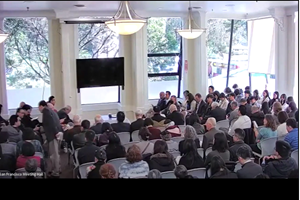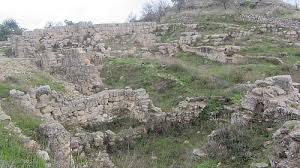
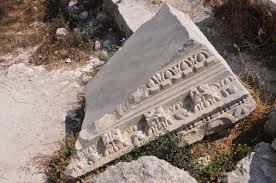
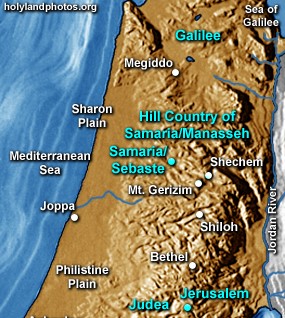
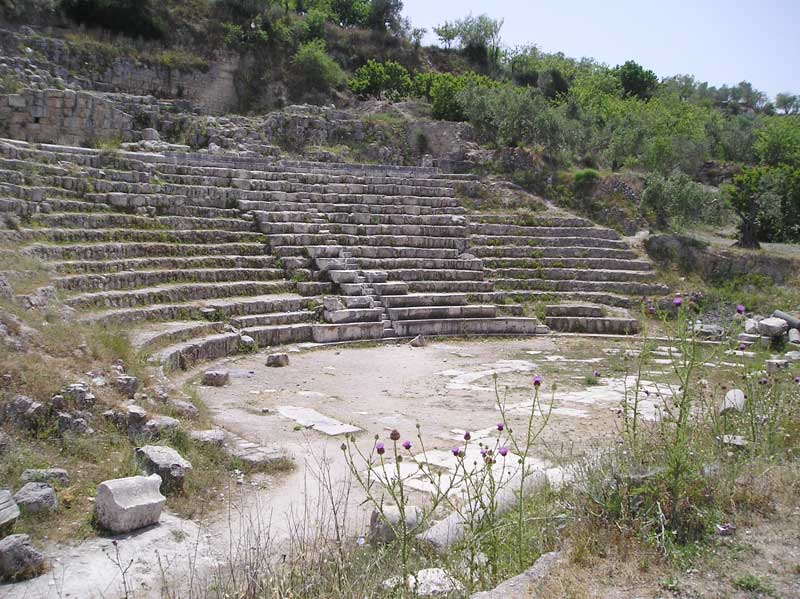
撒玛利亚城(Samaria)今日是名叫 Sebaste 的一个废墟,位于示剑西北约12公里,古城是以色列王暗利于880BC所建,作为他的新都(王上16:24)。城位于撒玛山上,能瞭望远处,又能设防自卫,是一个建都极佳之处。
圣经中的撒玛利亚有时指撒玛利亚城(北国以色列的第三个首都和偶像敬拜中心),有时也指撒玛利亚地区。公元前722年,亚述军队攻陷撒玛利亚,亚述王将巴比伦、古他、亚瓦、哈马、西法瓦音等地的人迁徙至撒玛利亚(王下17:24),当地居民因此十分复杂。此后,整个地区都称为「撒玛利亚」,成为一个多民族、多信仰的地区。
新约时代,约但河西岸约分为三部分,南部为犹太地区,北部是加利利地区,中间即撒玛利亚。在犹太的犹太人鄙视撒玛利亚人。耶稣曾经经过并停留在那里,与撒玛利亚妇人论活水(约4:1-42)。耶稣升天后,使徒腓利、彼得和约翰先后到撒玛利亚传福音。
Samaria (שומרון) is a historical and biblical name used for the central region of the ancient Land of Israel, also was known as Palestine, bordered by Galilee to the north and Judea to the south. It was the capital of the northern Kingdom of Israel in the 9th and 8th centuries BC. The ruins of the city are located in the Samaria mountains of the West Bank, almost 10 km to the northwest of Nablus.
The New Testament mentions Samaria in Luke 17:11–20, in the miraculous healing of the ten lepers. John 4:1–26 records Jesus’ encounter at Jacob’s Well with the woman of Sychar. In Acts 8:2 it is recorded that the early community of disciples of Jesus began to be persecuted in Jerusalem and were ‘scattered throughout the regions of Judea and Samaria. Philip went down to the city of Samaria’ and preached and healed the sick there.
Source: https://www.facebook.com/kokiahouse/posts/2271012376486590

